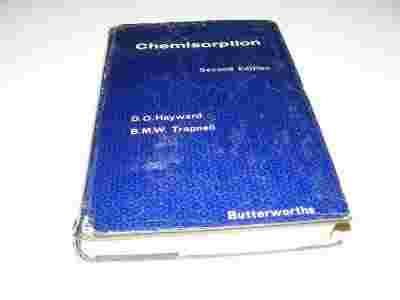MONOGRAFIA CHEMISORPCJA HAYWARD TRAPNELL

Aukcja w czasie sprawdzania była zakończona.
Cena kup teraz: 59.99 zł
Aktualna cena: 49.99 zł
Użytkownik inkastelacja
numer aukcji: 4287674263
Miejscowość Kraków
Wyświetleń: 3
Koniec: 08-06-2014 20:40:39
Dodatkowe informacje:
Stan: Używany
Okładka: twarda z obwolutą
Rok wydania (xxxx): 1964
